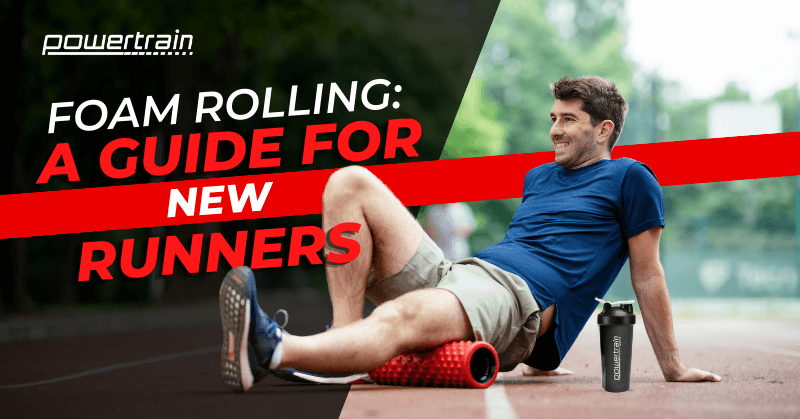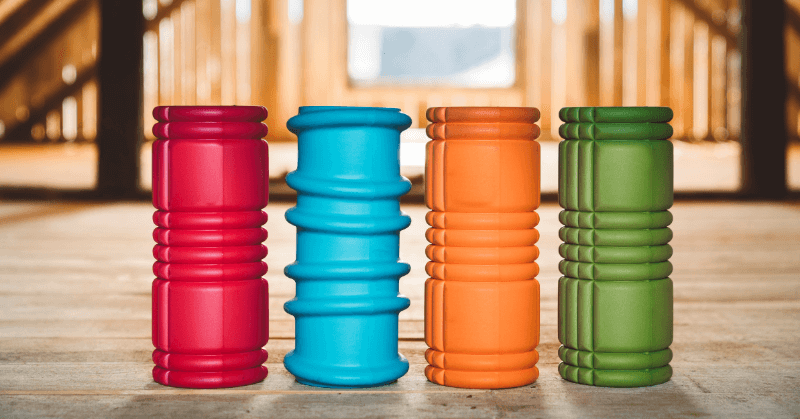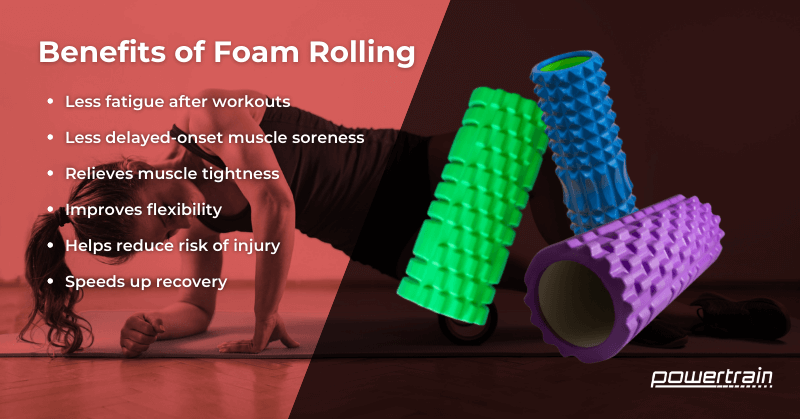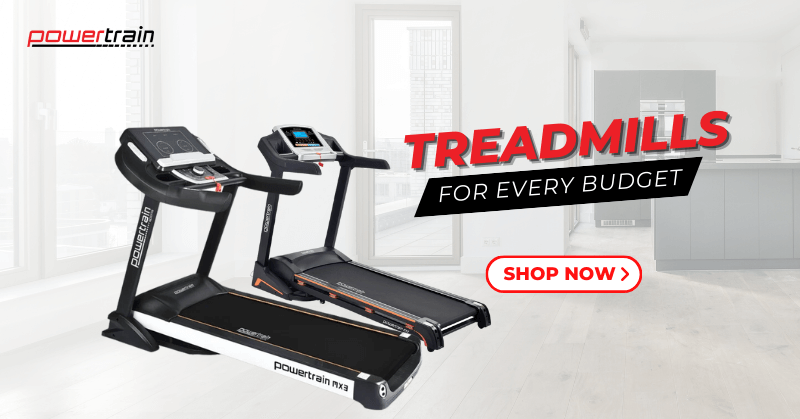Foam Rolling: A Guide for New Runners

Have you ever woken up with soreness all over your body after running? It’s definitely a sensation you can’t avoid, especially coming from an intense aerobic workout. Many runners experience soreness, whether they run outdoors, on inclined surfaces or even indoors on a treadmill.
Running is a physical activity that has become quite popular over the years. It requires little to no equipment which is why most people opt to do it as a form of exercise. But like any other workout, it also comes with the aches and pains of muscle soreness — and if you’re not careful, you might end up injured.
You already know that stretching can help you avoid injury, but what about foam rolling? This type of self-massage allows you to loosen tight muscles, especially after a run. A favourite tool among lifters and athletes, it’s also becoming a staple for dedicated runners. But is it really worth the hype?
Here’s what you need to know before you get a foam roller:
What are foam rollers?

Foam rollers are large cylinders made out of solid foam. They come in different sizes as well as firmness levels and are often used to self-administer deep tissue massages.
This workout tool helps release muscle tension, increase muscle length and improve overall comfort before and after a workout. This is why many runners rely on them as a way to speed up their recovery post-workout.
What are the benefits of foam rolling for runners?

According to a 2018 study, people who used foam rollers during their warm-up were reported to have felt less fatigued during their workout.It was easier for them to produce a certain amount of force after foam rolling. Additionally, people who used a foam roller after a workout experienced reducing muscle soreness.
A research done by the Journal of Athletic Training also reported that foam rolling after a workout helped lessen delayed-onset muscle soreness. It was proven that it didn’t take that much effort to recover from the previous exercise moving forward to the next one when foam rolling was done after a workout.
Runners are encouraged to use foam rollers for many reasons — including the ones listed above. Here are a few others to add to the list!
- Relieves muscle tightness, soreness and inflammation. Foam rollers knead out the knots of your muscles before and after a workout. This then boosts blood circulation which in turn, helps your muscles relax.
- Increases flexibility which adds to your joint range of motion. Foam rolling is very much likened to stretching as it helps you loosen your muscles. That being the case, using foam rollers make it a lot easier to move around, adding to your range of motion.
- Reduces injury and speeds up recovery. Besides boosting blood circulation, a foam roller helps put pressure on your tissues and release trigger points, which means that it’s a good way to ‘roll out’ the pain and relax exhausted muscles.
3 foam roller exercises for runners
Calf Roll
The calves are usually the muscles that constantly work whenever you go for a run, so it’s important to loosen them up through the calf roll. All you have to do is get into a sitting position with one leg up, put the roller under one of your calves and start rolling along the calf area for 2-3 minutes each side to release tension.
Quad/thigh rolling
Just like the calves, quadriceps also constantly work when you’re running. These muscles are engaged when you run on an incline or decline, which is why it’s also equally important to do quad or thigh rolling. You just have to face your exercise mat (much like a plank position), put the roller under your quads and roll for 5 on minutes each side to loosen your muscles.
IT band fascia roll
The ilotibial (IT) band is usually the muscle area where pain is the most present during and/or after a run. It’s even considered as the bane of a runner’s life, which is why the IT band fascia roll is also a key exercise when it comes to foam rolling.
To do this roll, you have to lie on one side with one leg extended straight out and proceed to place the roller below your hip bone. This is usually done for two to three minutes each side to help reduce the pain caused by all the running.
Don’t know where to begin? Here’s a five-minute foam roller routine you can do to help you start your foam rolling journey:
Indeed, foam rollers are truly a runner’s best friend — not only do they help you warm up and cool down, they also help reduce your risk of getting injured.
It’s definitely a good buy especially for those who struggle with muscle soreness and injuries, so consider foam rolling the next time you go for a run.
You May Also Like:
- 6 Types of Runs You Should Know as a Beginner
- Which Powertrain Treadmill Should I Get?
- How to Choose the Best Running Shoes for Beginners


